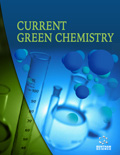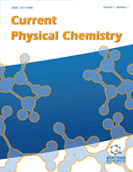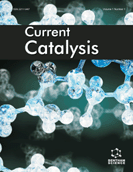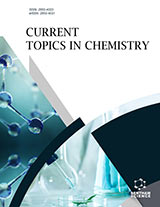Abstract
Aspergillus sp., a ubiquitous filamentous fungus, poses significant challenges to the food industry as a common spoilage and mycotoxin producing organism. The conventional use of chemical preservatives to control Aspergillus contamination raises concerns about potential health risks and environmental impacts. Therefore, alternative approaches, such as the utilization of natural biopreservatives, as inexpensive, safe, and promising mycotoxin decontamination strategies are being explored. Lactic acid bacteria have gained considerable attention as potential candidates due to their antimicrobial properties and long-standing safe use in food fermentation. This review provides a thorough summary of the potential of lactic acid bacteria as biopreservatives against Aspergillus sp. The inhibitory mechanisms of lactic acid bacteria against the proliferation of Aspergillus and mycotoxin yield are explored, highlighting the role of organic acids, antimicrobial peptides, and other bioactive compounds. The versatile application of lactic acid bacteria based natural preservatives across a range of food matrices, storage conditions, etc. is also addressed. Further research is warranted to optimize lactic acid bacteria strains, explore synergistic combinations, and investigate their efficacy in real food systems. Implementing lactic acid bacteria based biopreservative strategies could significantly enhance food safety and quality by reducing Aspergillus contamination and mycotoxin risks.
Keywords: Biopreservative, mycotoxin, surface assimilation, inhibition, antifungal product, bacteriocin, detoxification.
 3
3















